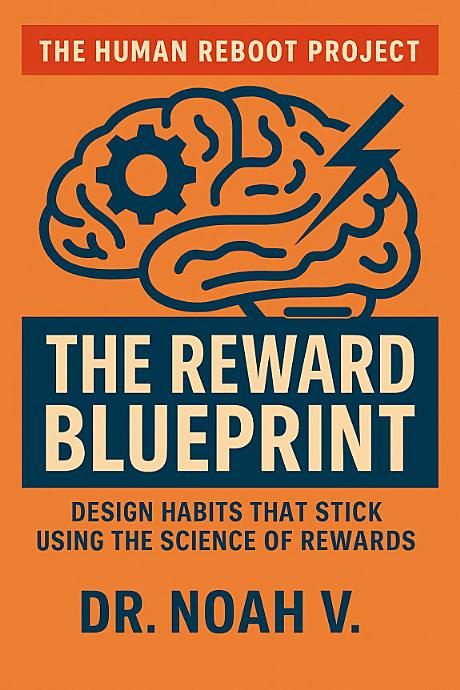The Reward Blueprint: Design Habits That Stick Using the Science of Rewards: DESIGN HABITS THAT STICK USING THE SCIENCE OF REWARDS
The Reward Blueprint: Transforming Habits with Science
Habits are the invisible architecture of our daily lives, quietly shaping who we are and what we become. But why do some habits stick while others fade away? The answer lies in the science of rewards. By understanding the intricate relationship between habits and rewards, we can unlock the potential to create lasting change.
Understanding the Science of Rewards
At the core of every habit is a reward. This reward is the driving force that reinforces the behavior, making it more likely to recur. The Reward Blueprint delves deep into this concept, exploring how different types of rewards can influence our habits. It examines the psychological and neurological mechanisms that underpin habit formation, providing insights into how we can harness these processes to our advantage.
Designing Habits That Stick
One of the key takeaways from this exploration is the importance of intentional habit design. By carefully selecting the rewards associated with our habits, we can increase their stickiness. The book provides practical strategies for identifying the most effective rewards and implementing them in a way that aligns with our goals and values.
Real-World Applications
The Reward Blueprint is not just theoretical; it offers real-world applications that can be used in various aspects of life, from personal development to professional growth. Whether you're looking to improve your health, boost your productivity, or enhance your relationships, this book provides the tools you need to succeed.
- Neuroscience of Rewards: Explore how our brains respond to different rewards.
- Practical Strategies: Learn actionable steps to design effective habits.
- Long-Term Success: Discover how to maintain habits over time.
The author translates complex scientific concepts into accessible insights. It shows how evidence, discovery, and curiosity weave together to change the way we perceive the universe, bridging the gap between knowledge and wonder.
The result is not just a collection of ideas, but a living dialogue that invites participation, self-inquiry, and perspective.
Ultimately, this book leaves the reader with a sense of clarity and curiosity — a reminder that understanding begins when we dare to question what we think we already know.

